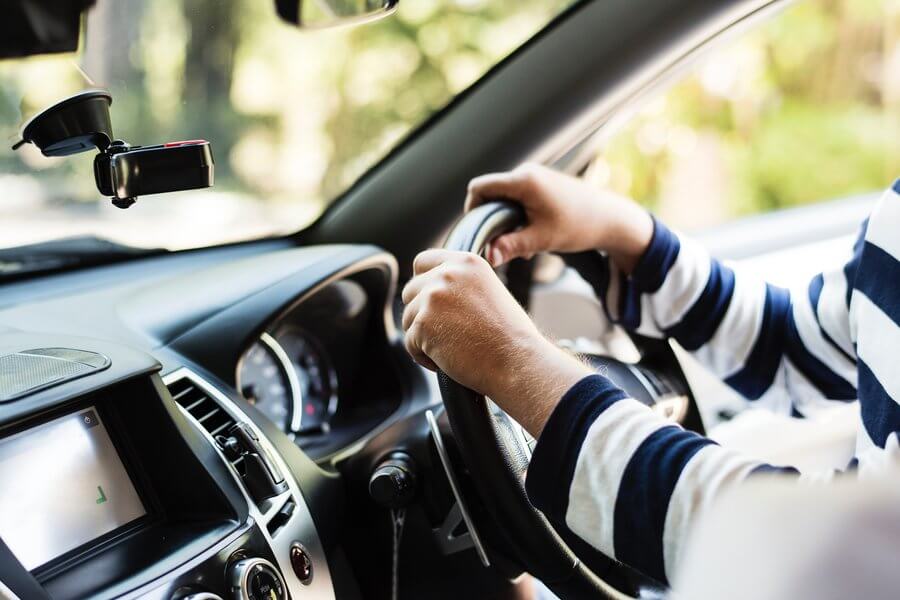There’s a popular misconception that you can’t drive if you’re deaf. Where in fact, being able to hear is a very small part of driving. Deaf people are legally allowed to drive and there are only a few things that you need to really be cautious of. Here are some tips to help you be a safer driver.
Tips To Being A Safe Driver
1. Have a Good Teacher
Find a teacher who understands your situation. Not every driving instructor is prepared to teach someone who isn’t able to hear. You and your driving instructor can have an agreed way to catch your attention. For example, “if I tap your shoulder, pull over and stop the vehicle.“ We need to get a clear process in place since our usual way of communicating via sign language or lip-reading is difficult while driving.
2. Be Alert – What’s Going on Around You?
The largest fear as a deaf driver is often that we won’t hear horns or sirens. However, there are many visual cues that you can pay attention to. If you see people pulling off the road in front or behind you, it’s likely that an ambulance or fire truck is coming.
Paying attention to your mirrors and your blind spots and being a defensive driver is key to making sure that you are a safe driver. Things like other cars honking aren’t always helpful to hearing drivers, as it’s not always clear what’s actually going on.
3. Consider Investing in Technology
There are new technologies being explored that will make a flashing light appear on your dashboard if there are loud sounds outside, such as sirens. While these technologies are still being refined, installing them in your car could give you additional peace of mind. It’s especially useful for beginner drivers. In the future, many of these are going to come stock standard in cars.
4. Map Out Your Routes Carefully
For any driver, the most significant danger occurs when you’re in an area that you don’t know. If you’re driving in an unfamiliar area, it’s more likely that you may be driving slowly, may not know where to turn, or may encounter unexpected hazards. Be careful when mapping out your routes. If you feel uncomfortable driving, stick to routes that will take you in low traffic, low speed areas.
5. Be Prepared to Get Pulled Over
You’re more likely to get into an accident or pulled over as a young driver. If you do get pulled over, it’s very important that you are able to express to a police officer that you are deaf. Otherwise they may believe you aren’t listening to their directions. Consider having a sign on your window that states that you are deaf or hearing impaired. If you feel uncomfortable with that, have a card handy that you can pass to someone at any time that tells them that you are not able to hear them.
According to meta-studies conducted, drivers with impaired hearing are generally more cautious that drivers with normal hearing. The ability to drive plays a large factor in feeling independent and that’s very important to a lot of people. Being deaf or hard of hearing certainly doesn’t mean that you can’t drive. All drivers should be cautious and aware of their surroundings when on the road.
Learning To Drive: Our Mentors Share Their Experience
Listen to Dave and Marie recall the days when they learnt to drive!
Dave’s Story – Learning To Drive!
Marie’s Story – Learning To Drive!




